
THE ELEMENTS OF ART – PART 2
The Color Wheel  |
 |
 |
 |
| Color theory is based on three properties or ideas; they are hue, value and intensity. |
|
|
|
10 MOST COMMON COLOR SCHEMES |
|
1. Monochromatic - using one color plus black and white. This will allow you to create many different tints and shades of the color that you choose. |
 |
| 2. Warm Colors - using reds, yellows, and oranges | 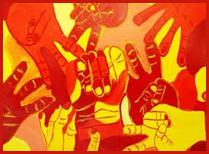 |
3. Cool Colors - using blues, greens and violets |
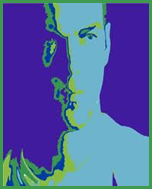 |
4. Primary Colors - using red, yellow and blue |
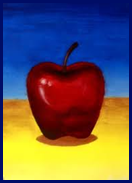 |
5. Secondary Colors - using orange, green and violet |
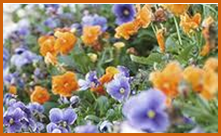 |
6. Tertiary Colors - using RO, YO, YG, BG, BV, and RV |
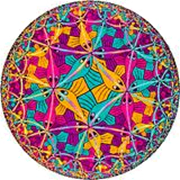 |
7. Analogous Colors - using any 3 colors that touch each other on the color wheel (ex. Yellow-orange, orange and red-orange) |
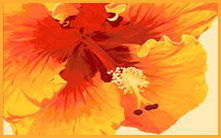 |
8. Triadic Colors - using colors that are equally spaced apart from each other on the color wheel (ex. Blue-violet, yellow-green and red-orange) |
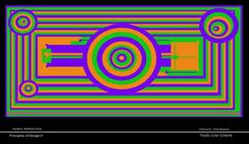 |
9. Complementary Colors - using any two colors that are across from each other on the color wheel (ex. Blue and orange) |
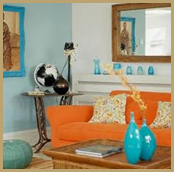 |
10. Color Spectrum - using all the colors of the rainbow |
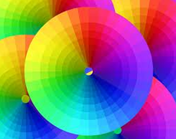 |
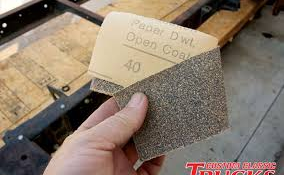 |
 |
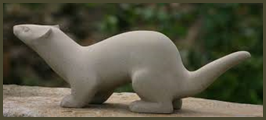 |
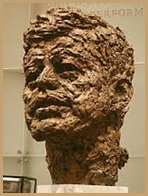 |
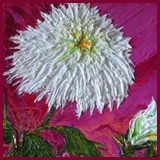 |
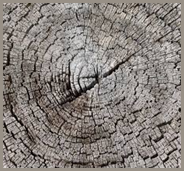 |
By using either actual or visual texture, your work will become more interesting to the viewer.

Below are additional educational resources and activities for this unit.